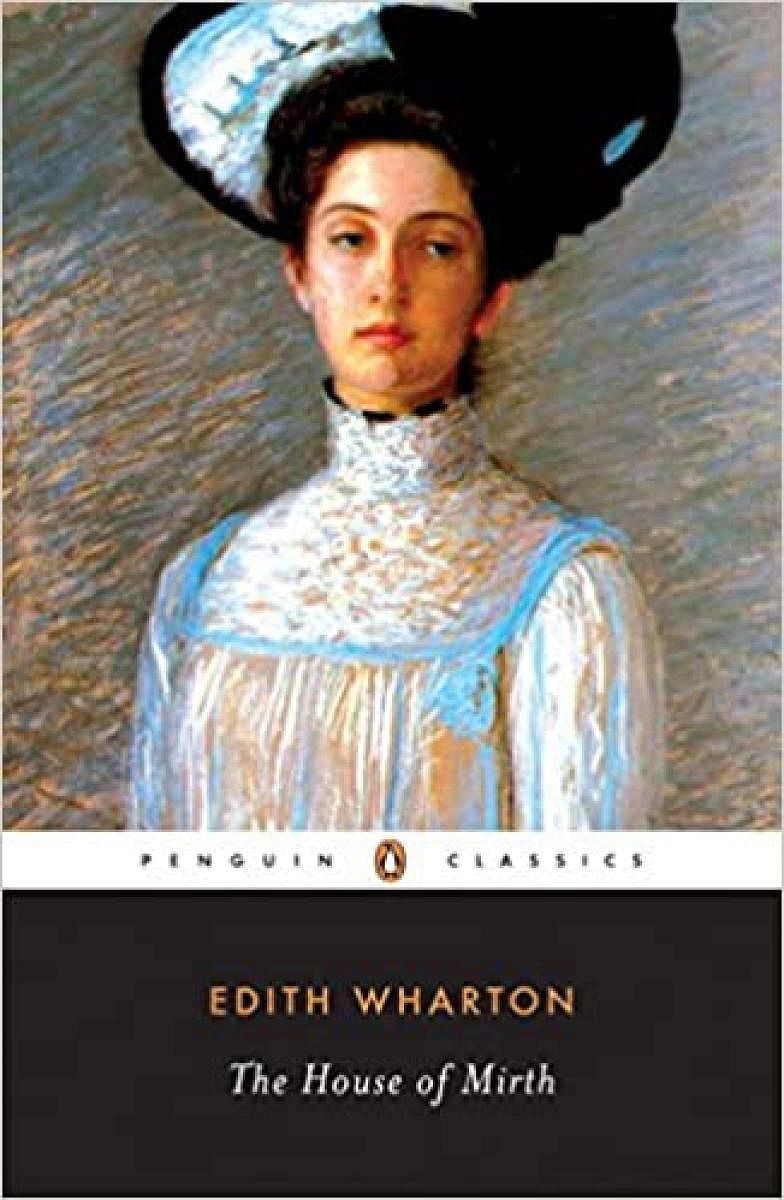
Edith Wharton, the first woman to win the Pulitzer Prize for Literature, was the best chronicler of the hypocrisy and misogyny of New York’s so-called ‘gilded age’. Most of the nouveau-riche families that rose to prominence in that era made their fortune from the technological and industrial revolution that was underway then and their aspirations were grist for Wharton’s creative mill.
The House of Mirth wasn’t the first Wharton I’d read as a young adult, but its finely etched characters and the sense of frustration I felt as its spirited heroine Lily Bart is thwarted time and again, lingered long in my mind. A few years after I’d read the book, I watched Terence Davies’ fine and criminally underrated film adaptation and I was reminded of Wharton’s genius in writing about women trapped by society and circumstances.
When it was published in 1905, the book was a bestseller — a fact that still astonishes, considering its dark themes and its incendiary criticism of the rich. Reading the story in these days of late capitalism, it’s impossible not to see how income inequality, which widened as the industrial age progressed, drove the fate of Lily Bart. She desires control and wants a place among the elite, but being a woman born to genteel circumstances, she cannot work her way to the top.
There were few career paths open to women those days anyway, and clearly, a shop floor in a factory was not an option for someone like her who was basically raised to be the perfect wife for a rich man.
Portrayal of frivolity
So, she struggles through the course of the novel to land the right sort of husband. However, this is thwarted by her own desires to not conform to the rules that the society she lived in had devised to ensure that women know their place. The money floating around was certainly coming from new fortunes, but the moral policing was from an older era. Married women could have affairs with the permission of their husbands, but single women had to be flawless virgins.
Part of what complicates Lily’s attempts to climb up the social ladder is that she’s in love with Lawrence Selden, a lawyer. Unfortunately, he isn’t wealthy enough to keep her in elite circles. Lily wants too much from a world that would rather deny her freedom to choose.
Wharton was 43 years old when the book was published and it made her famous. Not every reader was happy with Lily’s fate and the writer would be accosted by irate members of the public long afterwards, demanding she show more grief for the fate she’d laid upon her heroine.
But, in telling a tragic story set in such a moneyed, shallow society, Wharton had to pull Lily Bart down. As she put it:”A frivolous society can acquire dramatic significance only through what its frivolity destroys.” More than a century later, the power of The House of Mirth to devastate hasn’t dimmed a bit.
The author is a Bangalore-based writer and communications professional with many published short stories and essays to her credit.
That One Book is a fortnightly column that does exactly what it says — takes up one great classic and tells you why it is (still) great. Come, raid the bookshelves with us.